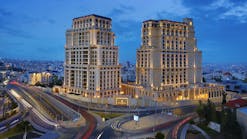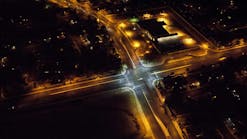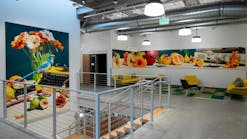The Japanese government continues to provide support and funding for its solid-state lighting industry. An initial five-year project, named The Light for the 21st Century, ended in March 2003, with partners demonstrating white LEDs with an efficacy of 60 lm/W, as well as practical RGB white LEDs with a high color-rendering index of 30 lm/W and a lifetime of 6000 hours.
Like its US counterpart, the Japanese program sought to benefit from the enormous energy savings and reduction of greenhouse gas emissions resulting from the development of high-performance white LEDs.
With funding from the Ministry of Economy, Trade and Industry (METI), a second phase of the program is now underway, according to Tsunemasa Taguchi of Yamaguchi University. Targets include white LEDs with efficacies of 80 lm/W and 120 lm/W by 2006 and 2010, respectively, and LED chips with external quantum efficiencies of 60% and 80% in the same time frames.
Also, Taguchi is the leader of a national project in Japan entitled White LEDs for Medical Applications, which will develop products such as endoscopes for internal use as well as surgical lighting and sterilization equipment. Taguchi said that among the requirements for medical applications are avoiding strong blue emissions at around 450 nm, which it is suggested could cause detachment of the retina; avoiding heating above 40°C for internal use; and making the product easy to irrigate to prevent infection.
****
This is an extract from a longer article originally published in the October 2004 issue of Compound Semiconductor magazine.




